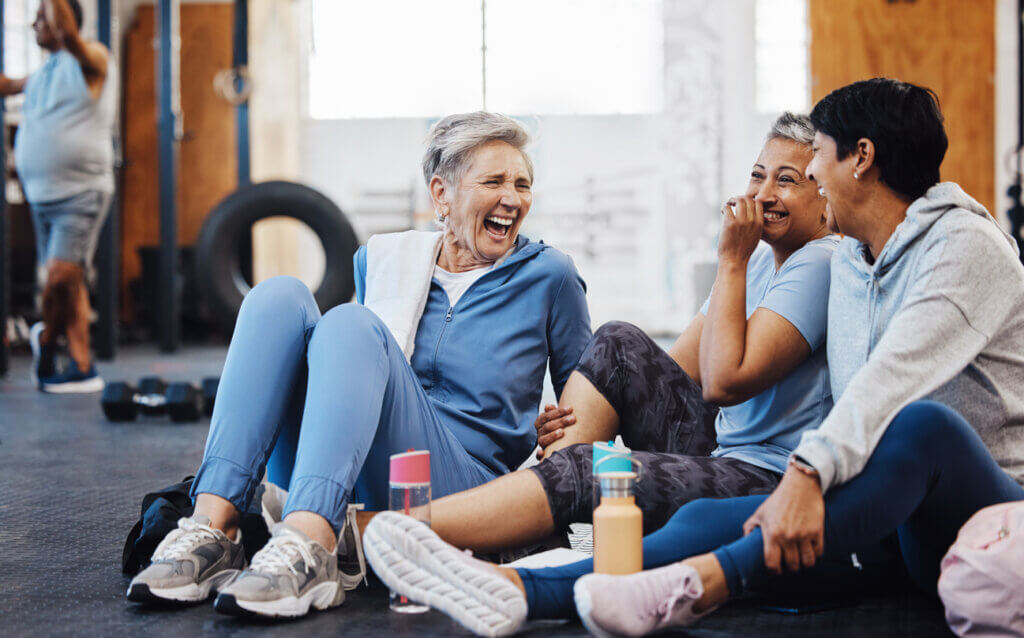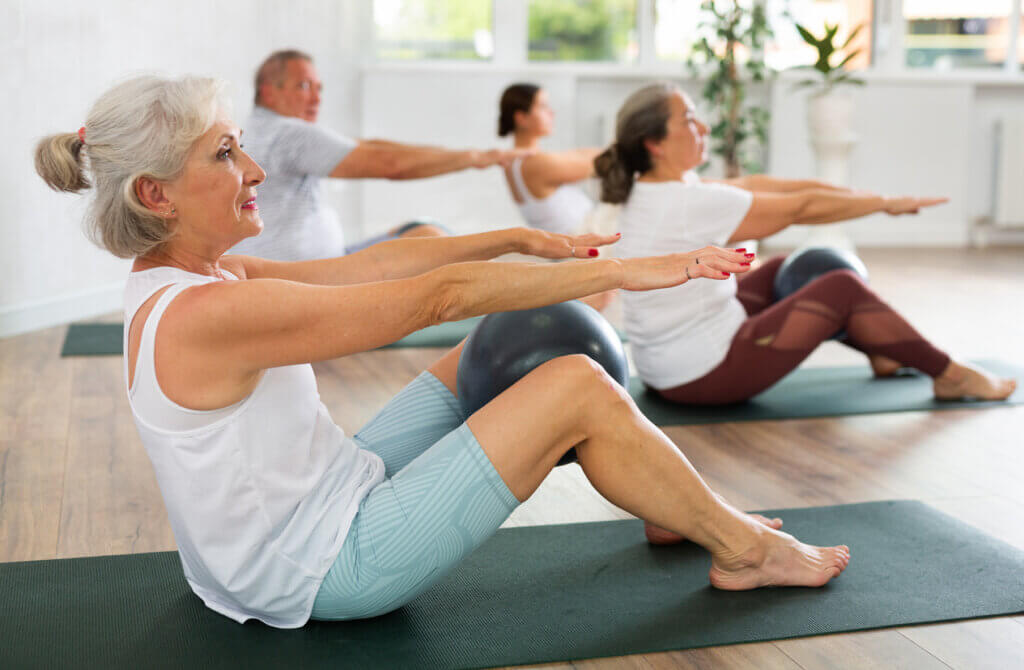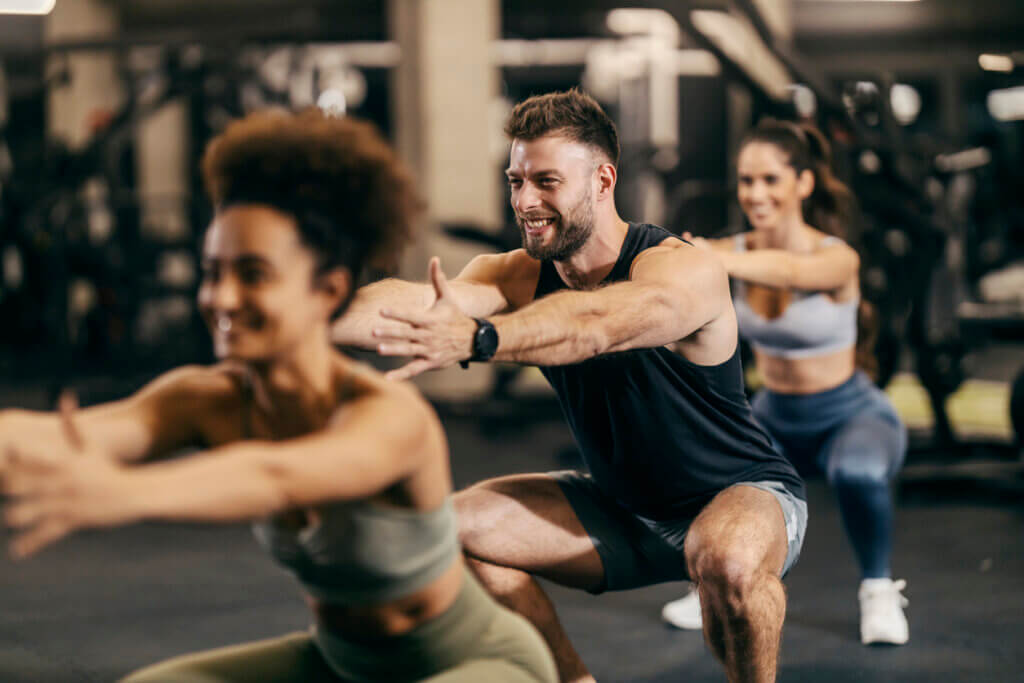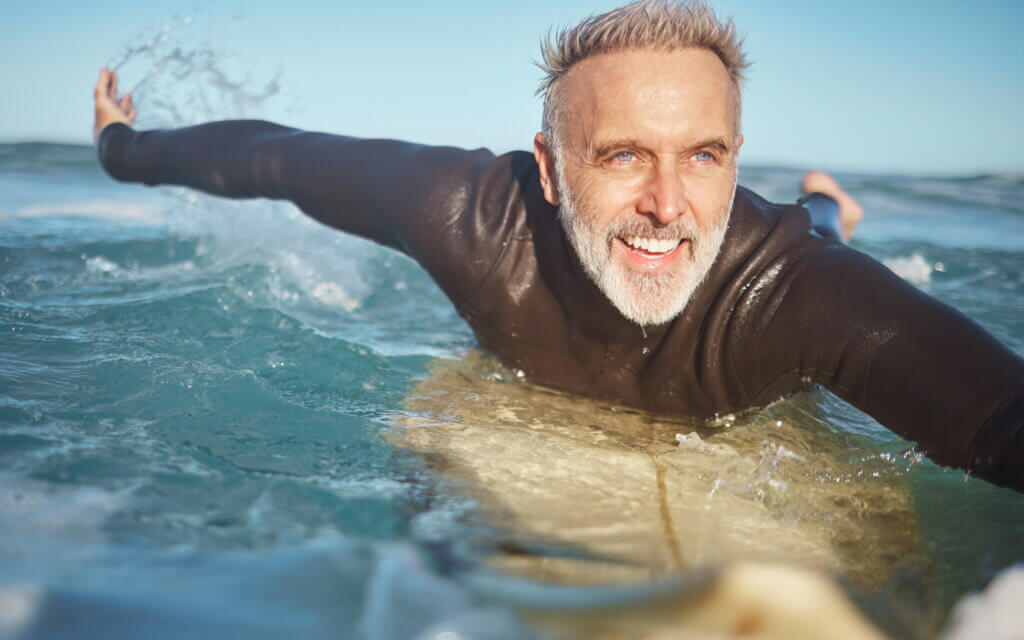



References
- Paffenbarger, R. S., Hyde, R. T., Wing, A. L., & Hsieh, C. C. (1986). Physical activity, all-cause mortality, and longevity of college alumni. New England Journal of Medicine, 314(10), 605-613.
- Manson, J. E., Greenland, P., LaCroix, A. Z., Stefanick, M. L., Mouton, C. P., Oberman, A., … & Siscovick, D. S. (2002). Walking compared with vigorous exercise for the prevention of cardiovascular events in women. New England Journal of Medicine, 347(10), 716-725.
- Fiatarone, M. A., O’Neill, E. F., Ryan, N. D., Clements, K. M., Solares, G. R., Nelson, M. E., … & Evans, W. J. (1994). Exercise training and nutritional supplementation for physical frailty in very elderly people. New England Journal of Medicine, 330(25), 1769-1775.
- Frontera, W. R., Meredith, C. N., O’Reilly, K. P., Knuttgen, H. G., & Evans, W. J. (1988). Strength conditioning in older men: skeletal muscle hypertrophy and improved function. Journal of Applied Physiology, 64(3), 1038-1044.
- Kohrt, W. M., Bloomfield, S. A., Little, K. D., Nelson, M. E., & Yingling, V. R. (2004). Physical activity and bone health. Medicine & Science in Sports & Exercise, 36(11), 1985-1996.
- Guadalupe-Grau, A., Fuentes, T., Guerra, B., & Calbet, J. A. (2009). Exercise and bone mass in adults. Sports Medicine, 39(6), 439-468.
- Hawley, J. A., & Gibala, M. J. (2009). Exercise intensity and insulin sensitivity: how low can you go? Diabetologia, 52(9), 1709-1713.
- Colberg, S. R., Sigal, R. J., Fernhall, B., Regensteiner, J. G., Blissmer, B. J., Rubin, R. R., … & Braun, B. (2010). Exercise and type 2 diabetes: the American College of Sports Medicine and the American Diabetes Association: joint position statement. Diabetes Care, 33(12), e147-e167.
- Erickson, K. I., Voss, M. W., Prakash, R. S., Basak, C., Szabo, A., Chaddock, L., … & Kramer, A. F. (2011). Exercise training increases size of hippocampus and improves memory. Proceedings of the National Academy of Sciences, 108(7), 3017-3022.
- Colcombe, S., & Kramer, A. F. (2003). Fitness effects on the cognitive function of older adults: a meta-analytic study. Psychological Science, 14(2), 125-130.
- Gleeson, M., Bishop, N. C., Stensel, D. J., Lindley, M. R., Mastana, S. S., & Nimmo, M. A. (2011). The anti-inflammatory effects of exercise: mechanisms and implications for the prevention and treatment of disease. Nature Reviews Immunology, 11(9), 607-615.
- Petersen, A. M. W., & Pedersen, B. K. (2005). The anti-inflammatory effect of exercise. Journal of Applied Physiology, 98(4), 1154-1162.
- Nieman, D. C. (1994). Exercise, upper respiratory tract infection, and the immune system. Medicine & Science in Sports & Exercise, 26(2), 128-139.
- Campbell, J. P., & Turner, J. E. (2018). Debunking the myth of exercise-induced immune suppression: redefining the impact of exercise on immunological health across the lifespan. Frontiers in Immunology, 9, 648.
- Craft, L. L., & Perna, F. M. (2004). The benefits of exercise for the clinically depressed. Primary Care Companion to The Journal of Clinical Psychiatry, 6(3), 104.
- Mather, A. S., Rodriguez, C., Guthrie, M. F., McHarg, A. M., Reid, I. C., & McMurdo, M. E. (2002). Effects of exercise on depressive symptoms in older adults with poorly responsive depressive disorder: randomised controlled trial. British Journal of Psychiatry, 180(5), 411-415.
- Safdar, A., & Tarnopolsky, M. A. (2008). Exercise-induced mitochondrial biogenesis in skeletal muscle. Journal of Applied Physiology, 104(6), 1712-1718.
- Joseph, A. M., Adhihetty, P. J., Buford, T. W., Wohlgemuth, S. E., Lees, H. A., Nguyen, L. M., … & Leeuwenburgh, C. (2012). The impact of aging on mitochondrial function and biogenesis pathways in skeletal muscle of sedentary high- and low-functioning elderly individuals. Aging Cell, 11(5), 801-809.
- Lee, I. M., Shiroma, E. J., Lobelo, F., Puska, P., Blair, S. N., & Katzmarzyk, P. T. (2012). Effect of physical inactivity on major non-communicable diseases worldwide: an analysis of burden of disease and life expectancy. The Lancet, 380(9838), 219-229.
- Manini, T. M., & Pahor, M. (2009). Physical activity and maintaining physical function in older adults. British Journal of Sports Medicine, 43(1), 28-31.
